Hop flakes — a game-changing Kiwi innovation
8 Wired hit the shelves with standout 500ml cans. Parrotdog's bold move to reinvigorate the APA category. Five more fresh hop beers reviewed. Clayton Hops harvest report
Here we are again beer friends, with your regular Friday night wrap of news, views and brews reviews and this week we’re jam-packed with everything new, new, new.
We start this week with hop flakes.
Yes, hop flakes.
This is a revolutionary breakthrough in hops processing being driven out of a hop farm in Nelson using technology from the medicinal marijuana industry in the US.
There’s been a wealth of hop innovations in recent years, from oils to cryo-hops, to thiol-boosting products like Phantasm. But this is one of the more surprising.
The product is called Flake-It and it’s made by Wairoa Hop Extracts, a company led by hop grower Cam Ealam (Holmdale Farm in Wakefield) and his business partner Rob Goodman.
Flake-it is essentially dehydrated hop oils. It’s described as a “transparent, feather-light and fully water-dispersible hop flake”.
As part of the ongoing trial phase, Sprig + Fern in Nelson brewed two beers with Flake-It — one made from Motueka hops, the other from Nelson Sauvin.
“We capture the compounds contained within hops in a way that protects the volatiles as much as possible," Ealam says. "Through a unique process the team has developed, this is dehydrated and turned into a hop flake maximising the aroma and flavour that brewers and beer drinkers alike are after.”
The innovation offers many advantages to brewers, including reduced weight for easier transportation, the option of ambient storage, full water dispersibility, and reduced wastage.
Tracy Banner, owner and master brewer at Sprig + Fern, has seen plenty of brewing innovations in her 40-plus years in the industry but even she was suitably impressed by this one.
“I am humbled that they approached us to provide feedback on their two brand new hop flakes … There was a reasonable amount of time spent in the lab, assessing dosing rates, confirming that the flakes fully dissolved, and offered the desired characteristics. The results were quite astonishing,” Banner said.
“I was confident after the lab trials that we could scale up to a full brew of each varietal. Both brews delivered the aroma and flavour that we had hoped for. I think they're on to something here — the hop flakes offer a number of advantages, and we are certainly keen to explore their use in other products in our range.”
Ealam, a hop grower for nearly 10 years, agreed the flakes “taste absolutely incredible” and added you could actually eat them if you wanted to.
“Tracy's comments on the flavour that she's been able to get out of this product is that it's like nothing that she's been able to achieve before,” Ealam said.
“There's a wide range of hop oils in the market and I would absolutely say that this is the next step above hop oils. It gives a whole suite of additional benefits over what other hop oils in the market will give you in terms of ease of use, shelf storage at ambient temperatures, longer shelf life, just to name a few things.
“There’s more trial brews to do but what we're seeing at this stage is we're getting anywhere between five to six times the potency from equivalent T90 pellets.”
Ealam said the enhanced flavour has lot to do with the dehydration process that “magnifies and captures the true aroma”.
“For any given hop variety, aroma profile descriptors can be quite variable. But if you take Motueka, for instance, one of the traditional aroma descriptors for Motueka is mojito lime characteristics.
“And this particular product you can actually eat. You don't go and drink hop oil; you don't eat hop pellets, but this product you can eat — and when you taste it, you straight away get that classic mojito lime, among other flavours.
“The process captures those aromas and converts it to the genuine flavour.”
You can eat them!
Speaking of eating, I wondered if there were potential uses as a food flavouring — and turns out they’ve already done that.
“We’ve tried it in beef sausages and some brewers had a sneak peek of that at NZ Hops’ Harfest. We made a batch of hop sausages and people couldn't believe it.”
The idea came from the US where it’s been used for medicinal marijuana.
“My business partner Rob helped to develop the technology, and he lives locally in Nelson here.
“It’s through that connection we came up with the application for hops and we've jumped on it. We've known each other for a long, long time. My wife, before I met her, she used to babysit Rob's kids. We were sitting around talking about hops and he said ‘I've got this stuff that might work …’
“We’ve been granted exclusive access to the technology for hops for the lifespan of the IP.”
Ealam said there are a number of brewers who want to use this product as soon as it’s commercially available.
They are also working on a "bittering flake" that would be made from dehydrating alpha acids in hops.
With no artificial emulsifiers nor solvents used in the process, and with a usage rate that Ealam says makes them cheaper than pelletised hops, it could be a massive leap forward in the industry.
Sprig + Fern’s Hop Flake Hazy with Motueka and Hop Flake Hazy with Nelson Sauvin will be available in both 440ml cans and and 888ml bottles at supermarkets and liquor stores nationwide, while a blended version showcasing both hop varieties will be on tap at all Sprig + Fern taverns, as well as other venues across the country from Wednesday May 14.
Beer of the Week No 1
I am was an unabashed fan of Parrotdog’s Falcon APA and when I heard the brewery was ditching this award-winning beer in favour of a brash new APA, I was a little disheartened.
But when I tasted Raptor, the successor to Falcon, it was “ok, no worries, it’s all good” because Raptor is a fantastic beer.
It’s a bit leaner on the malt bill than Falcon and less fruity in the hop department. Falcon had that almost ubiquitous Citra-Mosaic vibe going on, with a modern tropical fruit character. Raptor has way more punch and is in the more traditional pine-citrus territory of old-fashioned American C-hops. The result is a beer that starts a little sweet and resinous before the sharper pine-citrus flavours kick in before it finishes nicely bitter. It is dangerously more-ish and will be much appreciated I reckon.
Why change?
As a long-time lover of Falcon, I was curious as to why you'd swap out one APA for another (with an admittedly different flavour profile) rather than just tweaking and rebranding the existing beer — or dumping the APA altogether, given it’s a category that’s not as strong as it once was (thanks, Hazy IPA).
I spoke to Paul Watson, Parrotdog managing director, about the changing of the guard.
“Falcon’s been pretty steady in our range for several years. But as you've recognised we have seen a decline in APA. The style itself is trending backwards,” Watson said.
When the brewery introduced Thunderbird Bright IPA last year it also chewed into some Falcon sales, being at the same ABV and offering a similar but different flavour profile … so “we sort of cannibalised Falcon even further”.
“It’s hard in this market to continue to push a product that’s struggling — and it is hyper-competitive on the supermarket shelf, so if your products aren't turning units, you just don't get the ranging.
“We saw that the ranging for Falcon had declined and had to decide: do we put everything behind Falcon or is there an opportunity to reinvigorate that APA space?
“Despite Falcon’s and pale ale’s decline, APA is still a big chunk of the market … so what's the best way of getting a share of that?
“We talked about whether or not we were going to drop an APA completely but once we crunched the numbers we thought we could have success with a new product. So that's where Raptor was born.”
The bold orange packaging is starkly different to what Parrotdog have done in the past and it’s also strongly pushing a sports theme in the branding and marketing, which is new for the brewery.
“It certainly is louder and bolder than any of our other beers, but we're really proud of how it looks on the shelf.
“It’s about trying to keep the range relevant to the consumer and to continue pushing the boundaries.
“And it’s a kind of a new angle for us to target sports, but it’s something that we've always talked about. We do a lot of sports stuff at the grassroots level, sponsoring football teams, rugby teams, predominantly in the Wellington area. So, we’re using this opportunity to lean in to that and champion that sports side more than we have through previous campaigns or other products.”
One of the big things with the switch to Raptor was changing the flavour profile to position it as different to Thunderbird, which is light, bright and fruity.
That left room for Raptor to go “more old-school”.
“We wanted to lean towards an old-school recipe, but using modern processes. Some of that piney character just takes me straight back to beers of ours from yesteryear like Pitbull and some of the IPAs we used to create with those piney, resinous hops.”
Raptor has also had an ABV bump and at 5.7%, compared with 5.4% for Falcon, bringing it more aligned to the other best-sellers Birdseye and Thunderbird.
Beer of the Week No 2
As I noted at the start, it’s all new, new, new this week … with 8 Wired looking to move the needle with the launch of a 500ml can, an IPA called — appropriately — Tallboy.
The beer has classic IPA flavour tone albeit on toned-down 5.5% ABV in order to keep the standard drinks down to 2.2. It’s got a nice crunchy bitterness — not sure if that’s the right term — and definitely fills my biggest glass! And it’s retailing on the 8 Wired website at $7.99 which is definitely big value for your buck.
There are 500ml imports on the shelves, but to my knowledge the only other local brewery offering 500ml cans is Stoke, but do correct me if I’m wrong.
This has been in the pipeline at 8 Wired for a while — I talked to owner Soren Eriksen about it nearly two years just after they won the Champion Brewery title at the 2023 NZ Beer Awards — and he agreed “it's been a long time coming”.
“The turning point was the ability to actually get 500ml cans. We’ve been trying to get them for years from the duopoly [Visy and Orora], and it just hasn't been possible.
“Well, you could always get them, but we’d have buy a full run of them, which is a quarter of a million, the last time I checked.”
The entry of newcomer Recorp has changed the rules and made it easier for smaller breweries to try new ideas.
“They have smaller minimum quantities for printed cans, which is really handy.”
Eriksen said the perceived value of the 500ml can was appealing because they look so much bigger on the shelves than their 440ml rivals.
“If there's not that many 500ml cans in the market, then if we sit on the shelf next to 440s, it'll physically look bigger, which should attract some eyes, we hope.”
But he also wanted a call back to the “good old days of the 500ml glass bottles — having a vessel that actually fills a pint glass is nice”.
Originally, Eriksen wanted to put Hopwired into 500ml cans, but that beer is now “fully ensconced in the 440 format so it would just be too much of a hassle trying to change that now”.
The artwork is also very different from recent 8 Wired branding, with a retro Americana look circa 1950s and 60s.
“That was a conscious choice for the retro aspect.”
Eriksen said the team were worried — given all the “weird” stuff happening in America right now — that it might be too American.
“We almost changed it at the last minute just because of that, but we decided not to bring politics into things,” he said with a laugh.
8 Wired has other 500ml releases planned later this year, including putting their double IPA Superconductor into the format “just to create some waves — I haven't calculated it, but it must be around 4.5 standard drinks in a 500ml!”
Meanwhile, Eriksen confirmed the potential sale of the business is now off the table until the economy picks up.
“We’re just going to take a few more years and wait for better times,” he said.
“It feels like, even the economy aside, that after Covid, people have gotten used to not going out so much. It definitely seems like in our industry that it's the on-premise business that is down.
“Our keg sales are down on pre-Covid numbers whereas everything else is up.”
Single can sales growing in US
8 Wired’s move to a 500ml can talks to another story I read recently about a shift in the US with the Brewers Association recently reporting that single-can sales of craft beer are catching up to sales of 4-packs.
The increase in single-can sales comes against a backdrop of flat sales overall, Forbes reported.
This is attributed to people making more frequent shopping trips and buying smaller amounts each time.
“Consumers are making more shopping trips and buying only what they need at that time, rather than stocking up,” said Kate Bernot, lead analyst with Sightlines, a beverage alcohol insights platform, told Forbes.
“The big weekly trip to the grocery store that used to be the norm requires planning and organisation,” said Bernot. “Meanwhile, savings rates are low and loan defaults are ticking up. So, consumers are shopping for what they need right now. It’s psychologically easier to spend $40 three times than $120 once, even though it’s the same amount of money.”
In keeping with this trend, Oregon’s Deschutes Brewery recently released a line of beers exclusively in single-serve, 19.2-ounce (567ml) cans.
“We started a new brand exclusively for the convenience channel called Symphonic Chronic,” said Peter Skrbek, CEO at Deschutes. “The key insights for the channel were fan preference for single-serve products at a higher ABV than our IPAs in the grocery channel.
“Consumer response has been incredible,” said Skrbek. “We are seeing more distribution gains in the convenience channel than any other channel. The only part of our portfolio growing faster are our non-alcoholic brands. We are now in the process of releasing an additional product in the line called Symphonic Chronic Double Juicy IPA.”
Dusty’s Beer of the Week
Back on the freshies with Emerson’s Green Thumbs, a 4.8% fresh hop XPA with apex hop Motueka straight outta Garston Hops. It’s clean, sharp, refined, with a brisk carb and that southern terroir providing spicy floral and lively lime-lemon hits. The fleeting oily mouthfeel is instantaneously overtaken by a brutish bone-dry finish, two green thumbs up! — Dusty
Harvest update from Clayton Hops
Clayton Hops, one of New Zealand’s leading hop growers, has just dropped their 2025 hop harvest report.
Following on the heels of NZ Hops Ltd’s report the other week, this one again highlights a significant reduction in hop production in line with global trends.
Clayton Hops, which accounts for about 40% of the annual NZ harvest, took a birds-eye view of the industry as a whole, combining their data with that of NZ Hops’ to get a full picture.
“This year will be remembered as a year in which significant hop garden acreage was idled throughout the Tasman region,” said Brian Clayton, CEO of Clayton Hops. He noted that the idling, along with drastic aroma hop acreage reductions in other parts of the world, such as the US and Australia, is part of a trend that will rebalance the aroma hop market.
New Zealand-wide hop production is estimated to be down 23% since 2023, with Motueka, Nectaron, and Nelson Sauvin the main hops impacted.
The report says that the aroma hop market has been challenging for the past 2-3 years due to global oversupply and Covid-related inventory build-up.
Despite the production decline, Clayton Hops says there’s increased international interest in New Zealand hop products, with record numbers of visitors to New Zealand this season. The company finished processing all its new season T90 hop pellets by April 7, which was super-fast thanks to a new processing facility.
In terms of sensory observations, this year’s harvest is considered a “true to type” year, with consistent ranges of sensory attributes within each variety.
Like NZ Hops Ltd, Clayton Hops is working with Plant & Food Research on its hop development programme and has a potential new commercial variety that’s been dubbed CIP-014.
“It has been really well received by brewers here and abroad, the thiol levels are off the charts,” they said.
Tim’s Beer of the Week
As much as the majority of this season’s fresh hop releases have been soundly brewed, there seems to be an overall lack of the ‘green’ energy to be had. That know-it-when-you-taste-it X-factor that makes these beers truly come alive. However, one example did catch my eye at the recent (and excellent) Two Thumb fresh hop festival, and that was this fresh Riwaka-hopped pale ale from Christchurch’s Volstead Brewery.
Lime cordial, crushed mint leaf and a stunningly distinct white grape drive both the aroma and palate, while the soft malt and similarly easy-going bitterness let those glorious Riwaka flavours ride, and all in a tight and smashingly drinkable 5.0% ABV package.
Remarkable stuff, considering this is Volstead's first ever fresh hop release. — Tim Newman
That’s un-Australian!
Foster’s was never my favourite beer when I lived in Australia, which I suppose is a nice way to say I hated it!
The only time I didn’t hate is when they were the sponsor of the Australia cricket team and ensured there was a steady supply of said product for players and media on a cricket tour in India … but even then as one of my colleagues told the hotel staff “it has to be ice cold, freezing cold”.
I wonder if Cricket Australia knew back then how un-Australian it was?
After all, as the story notes:
Foster’s international success continued to skyrocket, due in large part to a variety of television ads that went all in on the brand’s Australian heritage. Australian actor and star of the “Crocodile Dundee” film series Paul Hogan appeared in a number of snippets, talking up the “amber nectar” with a thick Aussie drawl. The brand also adopted the tagline, “Foster’s: Australian For Beer,” which it used as the framing for a slew of other ads. By the late ‘80s, Foster’s reigned as Australia’s best-selling beer.
But it was far from the reality!
The Surprisingly Un-Australian History of Foster's Lager | VinePair
Beer of the Week No 3
Another week of outstanding fresh hop offerings!
Epic Hop Serpent IPA (Riwaka). This is a divine beer. Excellent flavour depth and intense citrus, diesel and passionfruit that linger long after the last sip.
Double Vision Bright Light IPA (Motueka). An ideal example of what Bright IPA can be. Super fruity, sweet, oily, a lush body, hint of bitter and some “green” notes (to use Tim’s phrase above).
Sawmill Pilsner (NZH-109). Punchy. Zesty. Grassy. Oily. A real peach of a pilsner with heaps going on in a tight riot of flavours.
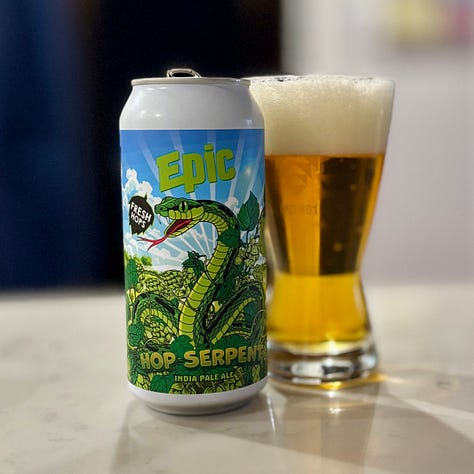
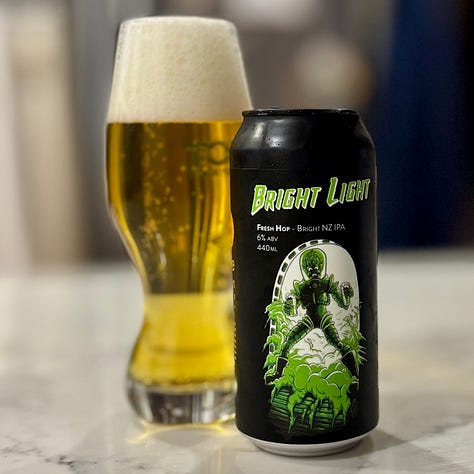
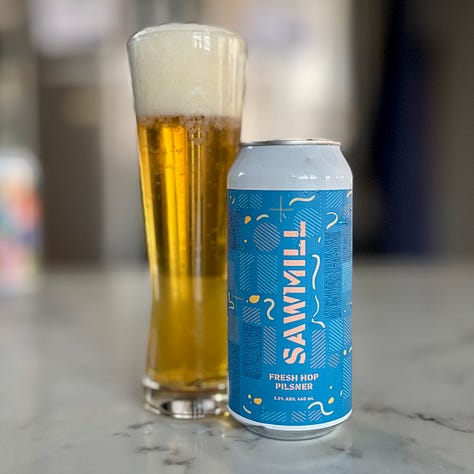
I’ll leave you this week with a story sent to me by a reader that I wouldn’t have stumbled myself. It’s not beer-related as such, but the setting is a bar and it’s a confluence of beer, music and sport … and reminds me that if you want a similar experience go visit the Family Jewels record store — owned by a former colleague of mine, Grant Smithies, and set inside the garden bar at The Free House in Nelson!
Cheers,
Michael






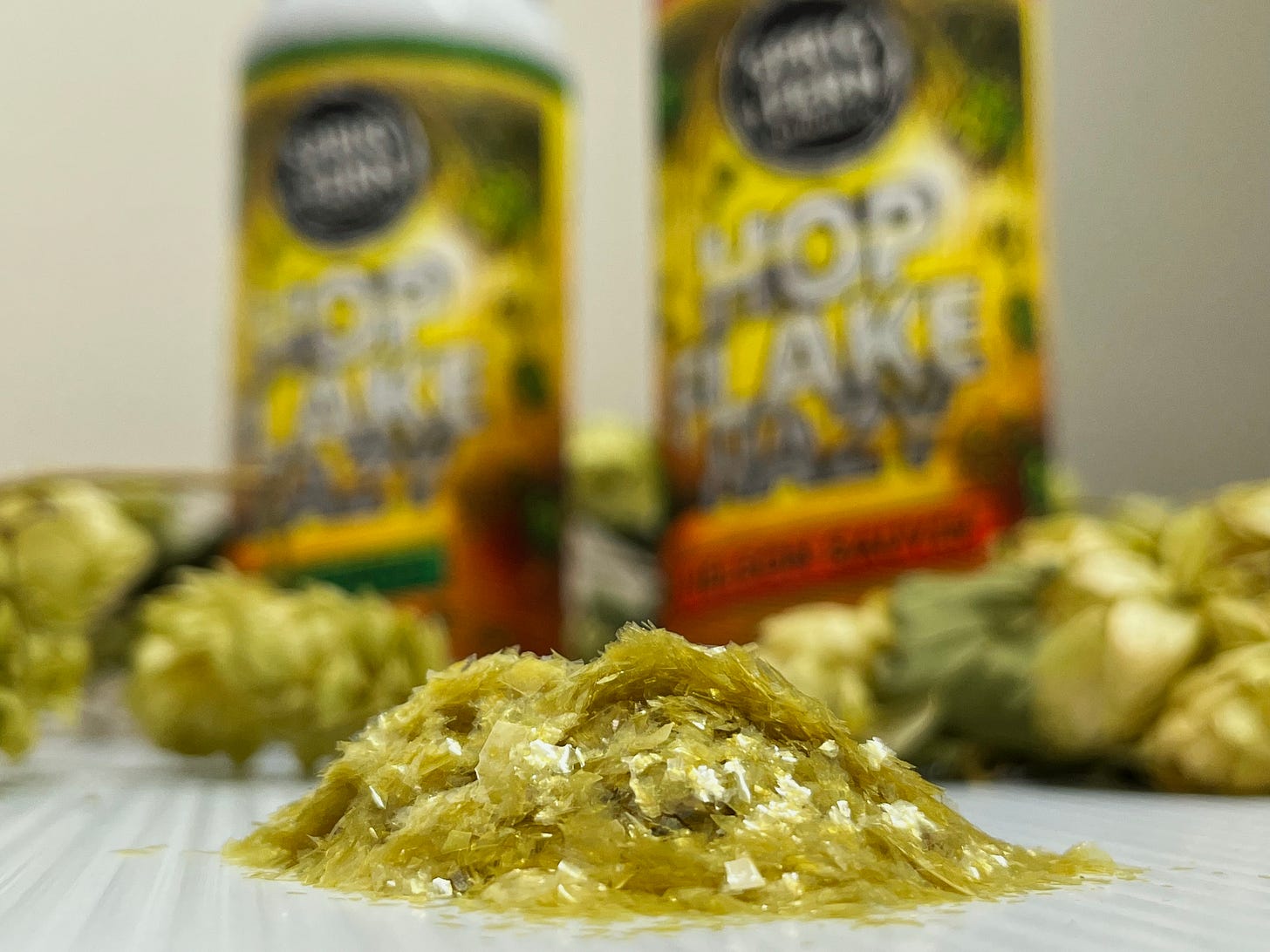
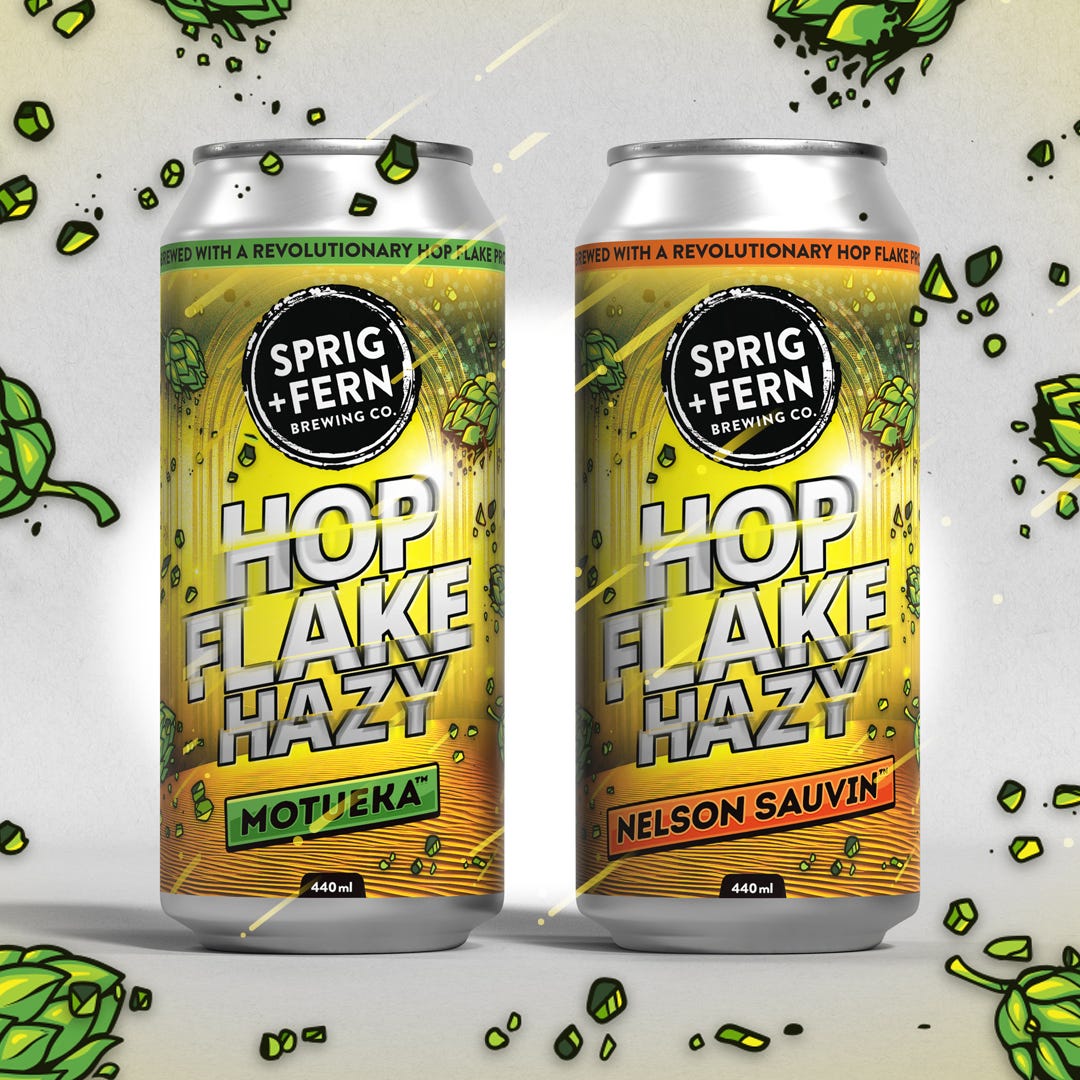
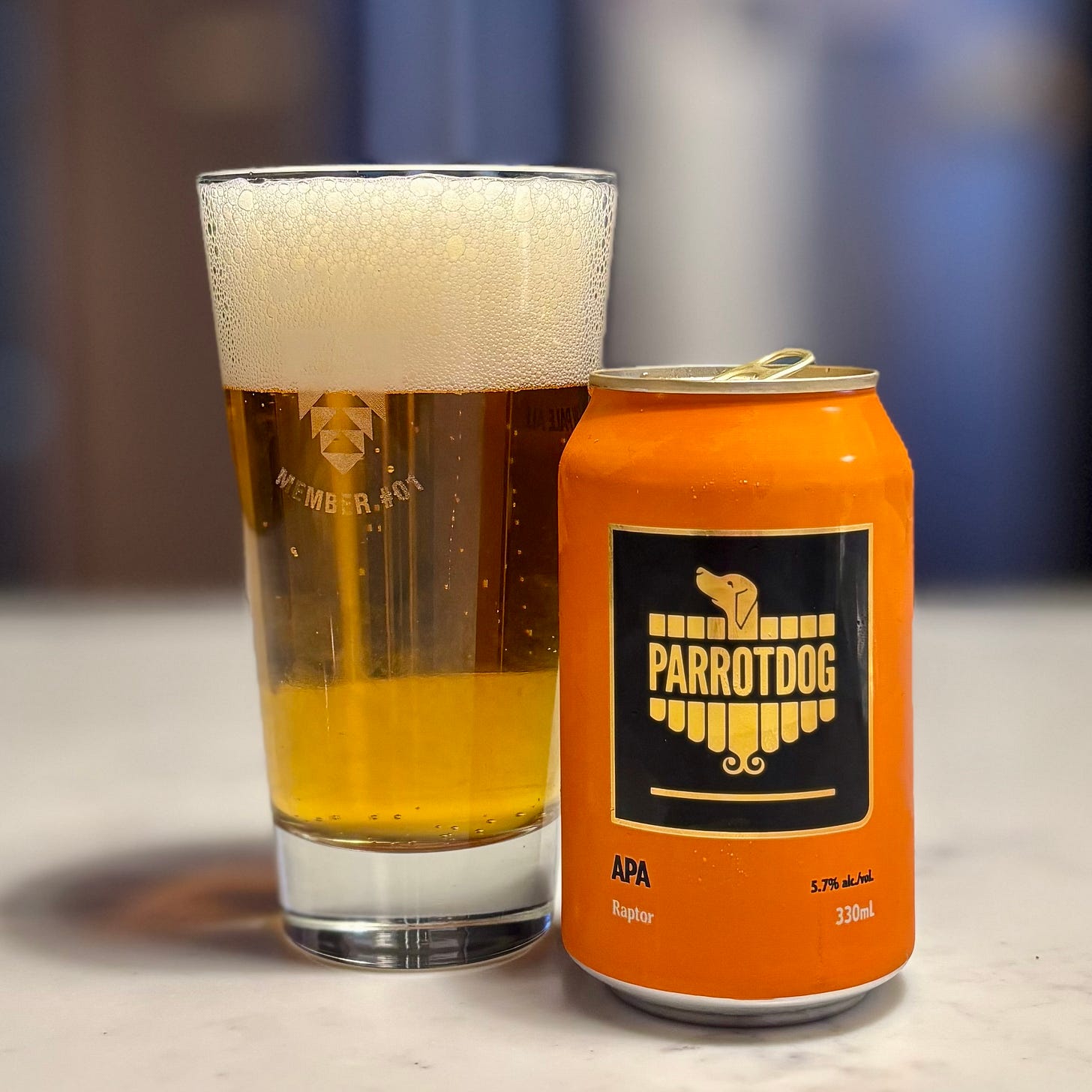

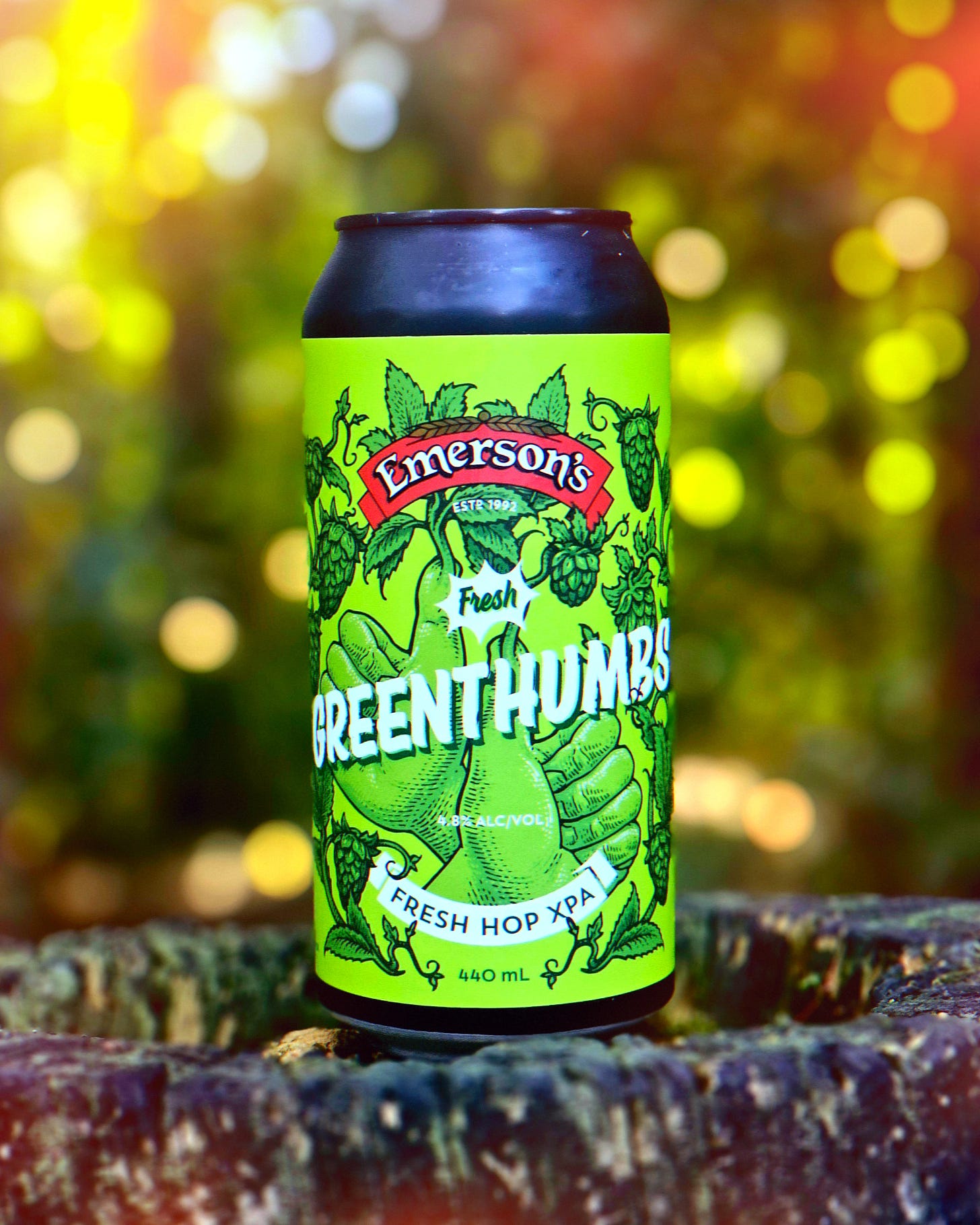

Falcon was Parrot Dog's best beer. Often find a rogue six-pack at a pak
N save which I immediately buy.
Btw Fosters is no longer being distributed in NZ, Asahi have delisted it from their portfolio! a great day for nz beer 😆